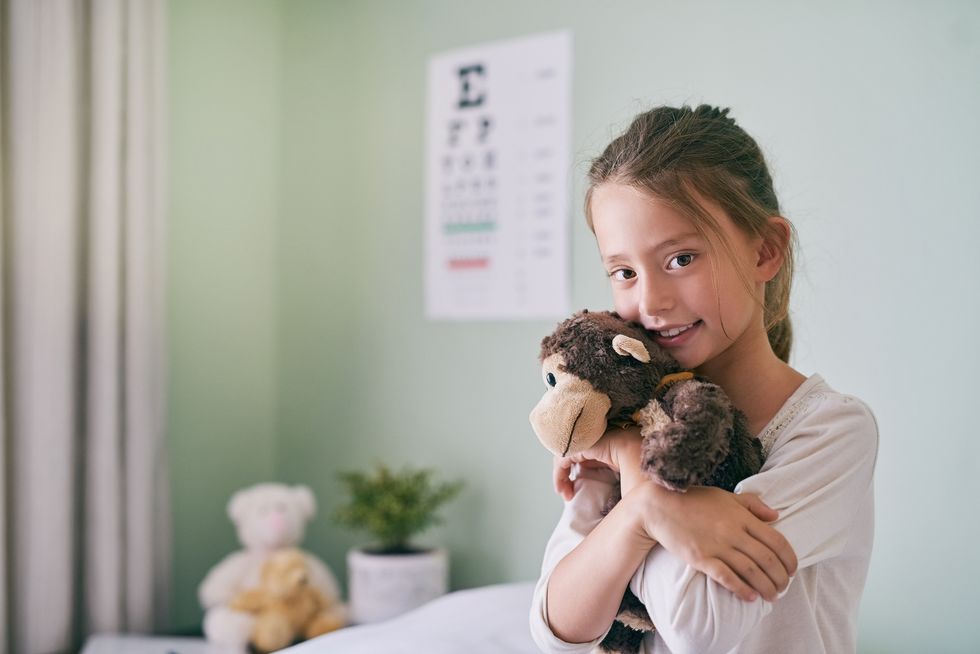
MONDAY, Oct. 23, 2017 (HealthDay News)—Avoid the stuffed animals at your pediatrician's office. Or better yet, take your own playthings when your child has a doctor's appointment.
That's one of the tips in updated guidelines from the American Academy of Pediatrics (AAP) to prevent the spread of germs in doctors' offices.
Learn More: Surprising Places Germs Hide Out
The guidelines say waiting rooms should not have plush toys, which can harbor germs and are difficult to clean. Instead, parents should bring toys from home for their children.
Infection control in doctors' offices or other outpatient locations should be as strict as in hospitals, according to the academy.
Cough and sneeze etiquette and hand hygiene are key measures for curbing infections. Pediatricians should post visual reminders for people to cover their nose and mouth with their elbows rather than their hands when coughing and sneezing, and to properly dispose of tissues, the AAP advises.
Also, waiting rooms should contain alcohol-based sanitizers and masks.
The group also recommends required annual flu vaccination for doctors' office personnel. And employees should provide documentation of immunity or immunization against other vaccine-preventable infections, including whooping cough, measles, mumps, rubella, chickenpox and hepatitis B.
In addition, special precautions should be taken for cystic fibrosis patients, the academy said. Because their lungs are especially vulnerable to drug-resistant bacterial infections, they should be taken directly into an exam room and not left in the waiting room.
The guidelines were published online Oct. 23 in the journal Pediatrics.
SOURCE: American Academy of Pediatrics, news release, Oct. 23, 2017
Copyright © 2017 HealthDay. All rights reserved.







